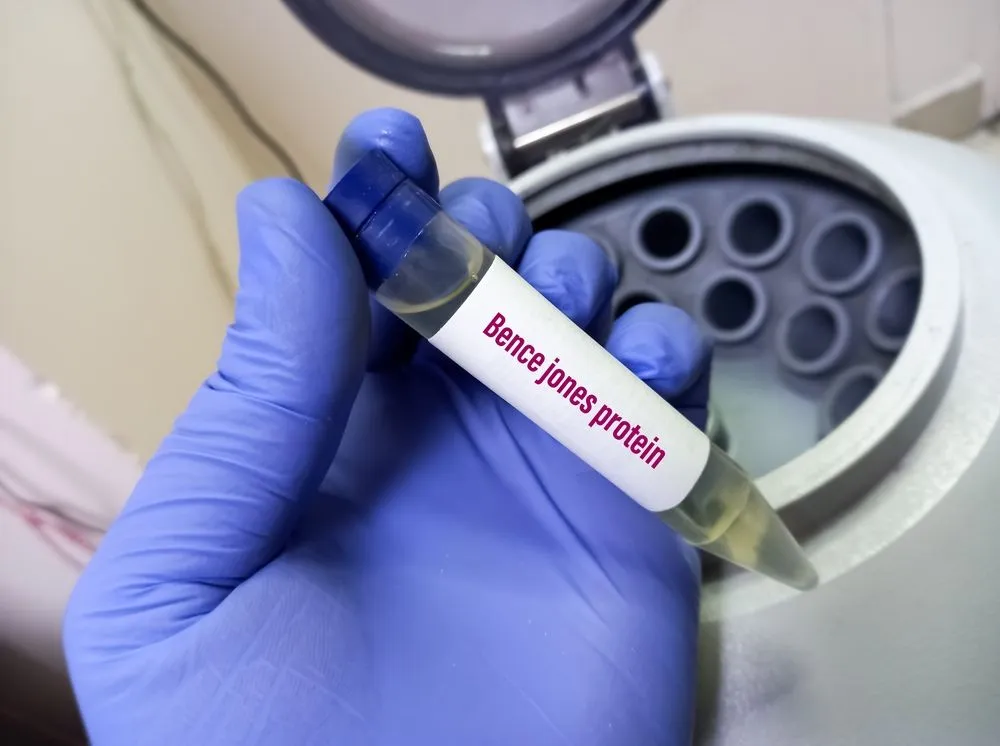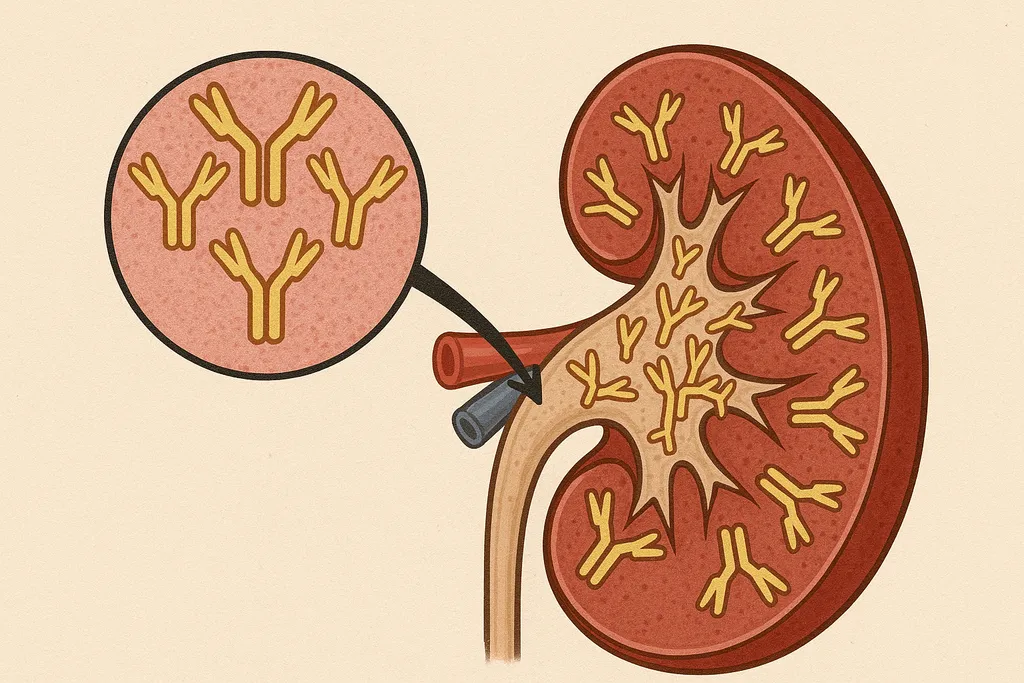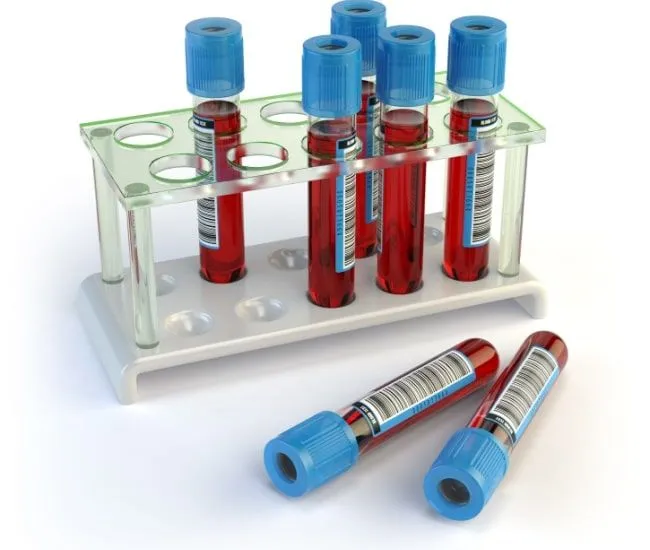What Is MRD Testing?

What is Minimal Residual Disease?
Minimal residual disease (MRD) refers to small numbers of cancer cells that remain in a patient during or after treatment, even when the patient is in remission. This is a major cause of relapse in blood cancers like multiple myeloma and leukemia.
Ultra-sensitive molecular biology tests, known as MRD testing, can detect minute levels of cancer cells, sometimes as few as one in a million normal cells. By identifying and monitoring these residual cancer cells, clinicians can assess treatment response, predict relapse, and make informed decisions about further therapy.
Watch the videos below to learn more about MRD and what it means to be MRD-negative. You can watch the whole MRD testing course at HealthTree University!
Why Is MRD Testing Used in Myeloma?
MRD testing has several important roles: determining whether the treatment has eradicated the myeloma or traces remain, comparing the efficacy of different treatments, monitoring patient remission status as well as detecting recurrence of the myeloma, and choosing the treatment that will best meet those needs.
How Is Minimal Residual Disease (MRD) Tested?
Currently, the most sensitive and accurate MRD testing is done through bone marrow biopsy samples. The bone marrow biopsy is then analyzed through one of the following methods:
- Next Generation Sequencing
- Flow Cytometry
Many blood-based MRD tests are becoming available that may eventually match the sensitivity of bone marrow tests.
You can learn more about the potential of blood-based samples here:
- Monitoring Minimal Residual Disease in Blood with EasyM
- M-Insight: A Blood-Based MRD Test
- Blood Monitored MRD Testing for NonSecretory Myeloma Webinar
Myeloma researchers want to start using MRD status as a new endpoint for clinical trials. Clinical trial success is measured with two key factors: progression-free survival (how long a patient can last after treatment without their disease relapsing) and overall survival (how long they live overall).
As more therapies come to the clinic and patients live longer, waiting 8-10 years to see the results of a clinical trial is difficult for researchers. They want to see results faster so they can change their clinical practices to take advantage of newer treatments. If, for example, a clinical trial could use MRD negative status instead of progression-free survival or overall survival, then researchers could come to conclusions in 2-3 years.
When Should MRD Testing Take Place?
It makes sense that if you can detect myeloma through standard means (like measurable monoclonal protein, new lesions on a PET scan, or a large percentage of plasma cells in the bone marrow), having an MRD test run is unnecessary because you have obvious detectable disease.
But if you've had a complete response (CR) or stringent complete response (sCR) and you want a deeper test run to see if you have residual myeloma after a course of treatment, then this is when you would use an MRD test.
What Does It Mean to Be MRD-Negative? Is MRD-Negativity the End Goal of Treatment?
MRD-negativity is achieved when the results of your MRD test come back negative, meaning that no myeloma cells were detected within the sample.
Not all patients will achieve MRD negativity, and not all patients need to achieve MRD negativity to have long-lasting remissions and positive outcomes.
However, as treatment in the myeloma therapy field improves, the rates of myeloma patients achieving MRD negativity (essentially, achieving a very deep response to the therapies) is increasing.
Improved therapy responses lead to longer survival outcomes.
While MRD negativity shows a successful and deep response, there is still insufficient data about how long these responses can last. While for some, an MRD negative result means many years of inactive disease, others only experience a few months after achieving MRD negativity.
Thankfully, much research continues in this field, and more answers to these important questions are coming.
Want to Learn More?
You can join our MRD educational group for the myeloma community for more information about minimal residual disease. Myeloma patients and caregivers can join us as we discuss what MRD (minimal residual disease) is, how to talk to your doctor about testing, how to change treatment based on MRD results, and much more. Let's learn together!
Unlock Personal Insights into Your Diagnosis for Free with HealthTree Cure Hub
You can track your myeloma in HealthTree Cure Hub, and see what way your labs are trending. You can even see what it looks like for your disease to become MRD-negative! Create a HealthTree profile, and if you need help reading the test results, our Patient Experience team can help you. Email them at support@healthtree.org.
By securely connecting your electronic health records, HealthTree Cure Hub also allows you to discover treatment options, find a specialist, keep track of your disease, and so much more! Sign up for a free patient account today to get started.
What is Minimal Residual Disease?
Minimal residual disease (MRD) refers to small numbers of cancer cells that remain in a patient during or after treatment, even when the patient is in remission. This is a major cause of relapse in blood cancers like multiple myeloma and leukemia.
Ultra-sensitive molecular biology tests, known as MRD testing, can detect minute levels of cancer cells, sometimes as few as one in a million normal cells. By identifying and monitoring these residual cancer cells, clinicians can assess treatment response, predict relapse, and make informed decisions about further therapy.
Watch the videos below to learn more about MRD and what it means to be MRD-negative. You can watch the whole MRD testing course at HealthTree University!
Why Is MRD Testing Used in Myeloma?
MRD testing has several important roles: determining whether the treatment has eradicated the myeloma or traces remain, comparing the efficacy of different treatments, monitoring patient remission status as well as detecting recurrence of the myeloma, and choosing the treatment that will best meet those needs.
How Is Minimal Residual Disease (MRD) Tested?
Currently, the most sensitive and accurate MRD testing is done through bone marrow biopsy samples. The bone marrow biopsy is then analyzed through one of the following methods:
- Next Generation Sequencing
- Flow Cytometry
Many blood-based MRD tests are becoming available that may eventually match the sensitivity of bone marrow tests.
You can learn more about the potential of blood-based samples here:
- Monitoring Minimal Residual Disease in Blood with EasyM
- M-Insight: A Blood-Based MRD Test
- Blood Monitored MRD Testing for NonSecretory Myeloma Webinar
Myeloma researchers want to start using MRD status as a new endpoint for clinical trials. Clinical trial success is measured with two key factors: progression-free survival (how long a patient can last after treatment without their disease relapsing) and overall survival (how long they live overall).
As more therapies come to the clinic and patients live longer, waiting 8-10 years to see the results of a clinical trial is difficult for researchers. They want to see results faster so they can change their clinical practices to take advantage of newer treatments. If, for example, a clinical trial could use MRD negative status instead of progression-free survival or overall survival, then researchers could come to conclusions in 2-3 years.
When Should MRD Testing Take Place?
It makes sense that if you can detect myeloma through standard means (like measurable monoclonal protein, new lesions on a PET scan, or a large percentage of plasma cells in the bone marrow), having an MRD test run is unnecessary because you have obvious detectable disease.
But if you've had a complete response (CR) or stringent complete response (sCR) and you want a deeper test run to see if you have residual myeloma after a course of treatment, then this is when you would use an MRD test.
What Does It Mean to Be MRD-Negative? Is MRD-Negativity the End Goal of Treatment?
MRD-negativity is achieved when the results of your MRD test come back negative, meaning that no myeloma cells were detected within the sample.
Not all patients will achieve MRD negativity, and not all patients need to achieve MRD negativity to have long-lasting remissions and positive outcomes.
However, as treatment in the myeloma therapy field improves, the rates of myeloma patients achieving MRD negativity (essentially, achieving a very deep response to the therapies) is increasing.
Improved therapy responses lead to longer survival outcomes.
While MRD negativity shows a successful and deep response, there is still insufficient data about how long these responses can last. While for some, an MRD negative result means many years of inactive disease, others only experience a few months after achieving MRD negativity.
Thankfully, much research continues in this field, and more answers to these important questions are coming.
Want to Learn More?
You can join our MRD educational group for the myeloma community for more information about minimal residual disease. Myeloma patients and caregivers can join us as we discuss what MRD (minimal residual disease) is, how to talk to your doctor about testing, how to change treatment based on MRD results, and much more. Let's learn together!
Unlock Personal Insights into Your Diagnosis for Free with HealthTree Cure Hub
You can track your myeloma in HealthTree Cure Hub, and see what way your labs are trending. You can even see what it looks like for your disease to become MRD-negative! Create a HealthTree profile, and if you need help reading the test results, our Patient Experience team can help you. Email them at support@healthtree.org.
By securely connecting your electronic health records, HealthTree Cure Hub also allows you to discover treatment options, find a specialist, keep track of your disease, and so much more! Sign up for a free patient account today to get started.

about the author
Erika Johnson
Myeloma Crowd Editorial Contributor, Nursing student, and cancer advocate.
More on Core Education
Trending Articles
Upcoming Events




Get the Latest Multiple Myeloma Updates, Delivered to You.
By subscribing to the HealthTree newsletter, you'll receive the latest research, treatment updates, and expert insights to help you navigate your health.
Together we care.
Together we cure.
3x Faster.













